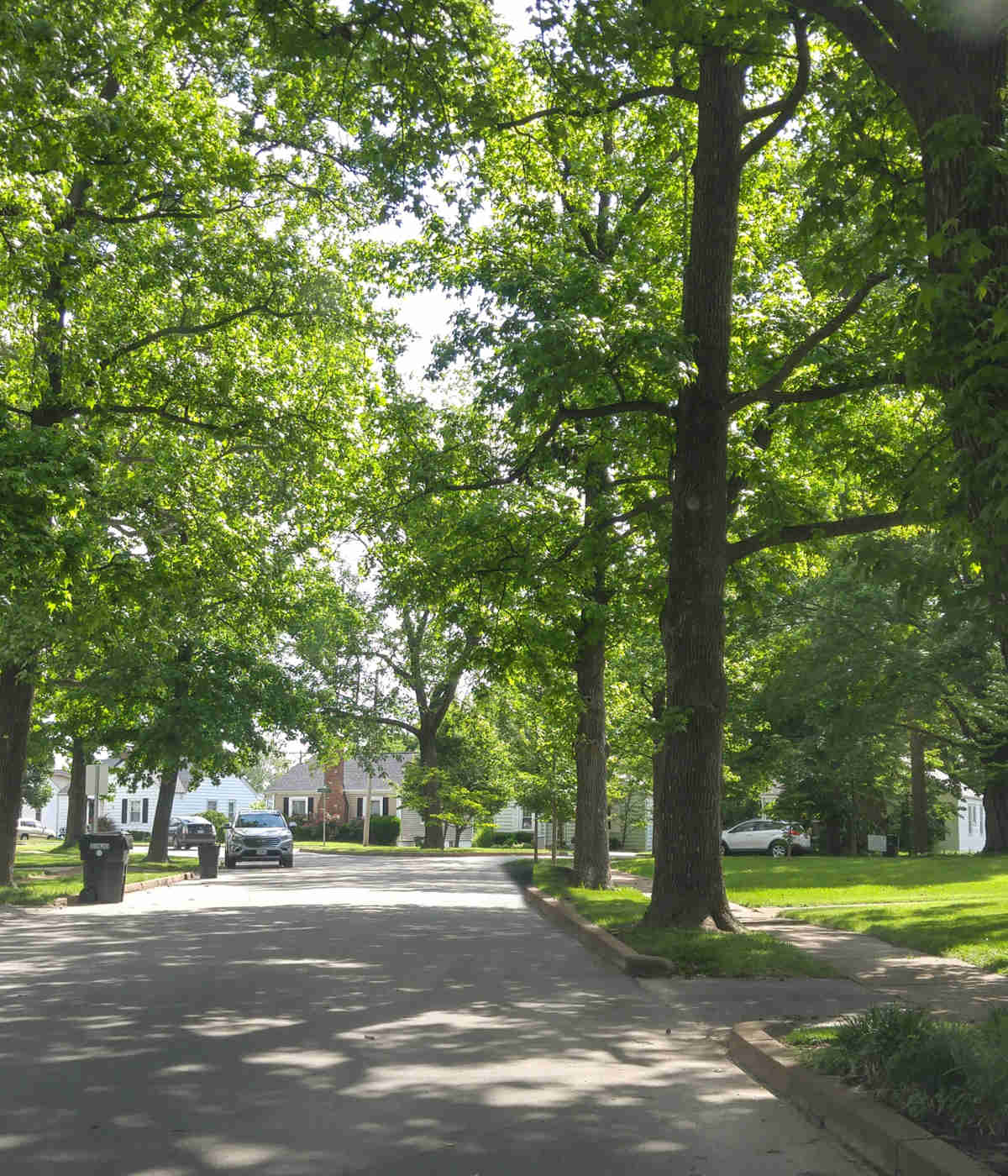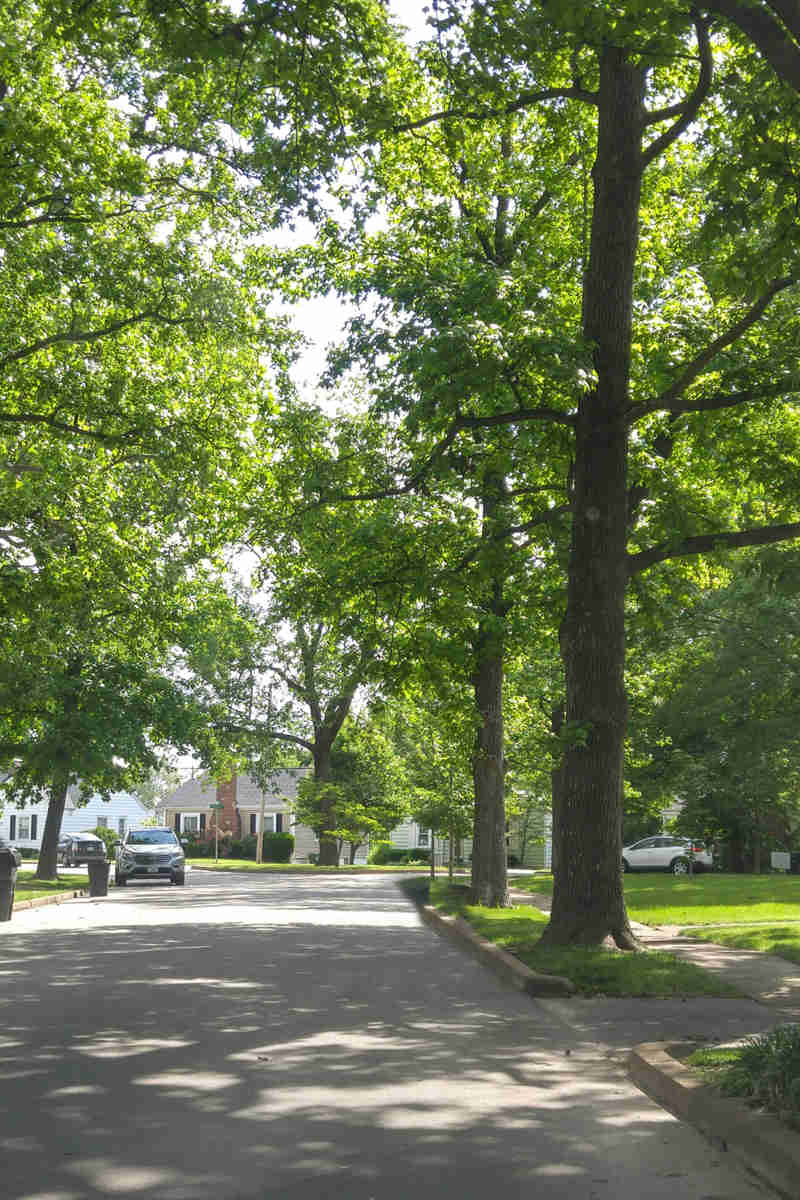Storms can roll in quickly and be over just as fast, but the damage to your landscape left behind from severe rain and winds can last months or even years.
While we traditionally think of storm damage as outwardly visible, invisible storm damage in trees is just as dangerous. Invisible injuries like cracks, splits, or weak points can become entry points for pests and diseases, causing long-term tree damage if left unaddressed.
Types of Invisible Tree Injuries After Storms
While some signs of tree damage after a storm are more obvious, like broken and fallen branches, there are some types of tree injuries not visible to the naked eye from a storm. Some examples include:
- Root Damage: Storms can cause root plates to lift or shift, causing damage to the system underground. While you can’t always directly see your tree’s roots, some signs that your tree is experiencing root damage include sparse leaves, leaf wilting and browning, and branch dieback. Heaving ground is another symptom of shifted root plates
- Internal Trunk or Limb Cracks: Abnormal peeling, bulging, and separated bark are all symptoms that your tree may have a crack below the surface in its trunk or limbs. These cracks can lead to full splits or fallen branches that can be dangerous.
- Internal Decay or Hollowing: Storms and wind pressure can exacerbate weak trunks that are prone to internal decay and failure. While a tree may be decaying internally, the effects of decay can be visible. Holes or cracks in the bark, leaf issues like discoloration or sparse leaf cover, an increased presence of mushrooms or other fungi around the trunk, and dead sections are all signs of internal decay.
Why Invisible Injuries Matter
Once the weather breaks and immediate safety risks from a storm subside, storm-damaged tree risks remain prevalent.
While trees may appear healthy after a storm, they may be structurally compromised due to long-term tree damage. This can increase the risk of limb failure during future storms, as well as a greater risk of pest and disease infestation due to weakened defenses.
How to Detect Invisible Injuries
While the damage itself may not be outwardly visible, there are signs of tree damage after a storm to look out for. These include:
- Wilted leaves
- Branch dieback
- Tree leaning
- Visible fungal growth
If you spot these signs, a tree damage assessment conducted by a certified arborist can help spot invisible storm damage in trees.
Preventative Care to Minimize Storm Damage
Routine pruning is essential for minimizing tree damage in a storm. Removing loose or dead branches helps maintain tree health and reduces immediate safety risks during a storm. Trees that have been cleaned or lion tailed will fare better during storms, as trees with uneven canopies are at greater risk of tipping or breaking.
We mention internal decay earlier; add a sentence or two to have a CA inspect the tree for internal decay/cavities and conduct a Tree Risk Assessment.
Healthy trees are better able to withstand stormy weather. Make sure to properly water and mulch your trees to keep them healthy and strong.
Why You Should Work With Certified Arborists
It’s a great idea to allow a certified arborist to walk through your property after a storm to perform a tree damage assessment. Not only are arborists knowledgeable about invisible tree damage, they also can perform inspections using advanced technology not available to the average homeowner, like sonic tomography , to give a clear answer on your tree’s health.
At Hartney Greymont, we have local arborists throughout Massachusetts, located in Needham, Concord, Danvers, Cape Cod, and the surrounding areas, to help identify safety risks on your property after a storm.
Learn How To Prep Your Trees For Future Storms In Your Area



